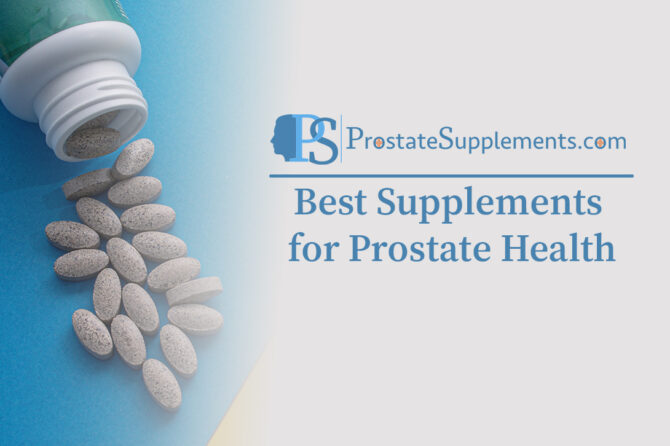
Oleander (Nerium oleander): Potential Implications for Prostate and Urinary Health
Abstract
Oleander (Nerium oleander) is a widely recognized ornamental plant known for its striking flowers and historical use in folk medicine. Despite its medicinal reputation in traditional systems, oleander is also highly toxic due to its cardiac glycosides, particularly oleandrin. Recent scientific inquiries have examined its bioactive compounds for possible therapeutic applications, including oncology, immunomodulation, and inflammation management.
Introduction
The oleander plant is native to the Mediterranean region but is now cultivated worldwide. In traditional medicine, parts of the plant were used as poultices, decoctions, and extracts for conditions ranging from skin disorders to respiratory illness. However, its therapeutic use is overshadowed by its toxicity, with ingestion frequently linked to severe poisoning.
The emerging interest in oleander extracts, particularly oleandrin, stems from preclinical studies suggesting anticancer properties, including effects against prostate cancer cells. Given the global rise in prostate-related conditions—including benign prostatic hyperplasia (BPH), prostatitis, and prostate cancer—oleander has gained attention in research, though its application remains highly experimental.
Bioactive Constituents of Oleander
Oleander contains several potent compounds, most notably:
- Cardiac glycosides (oleandrin, neriifolin, digitoxigenin derivatives)
- Flavonoids
- Saponins
- Phenolic compounds
These bioactive substances influence cellular mechanisms, including apoptosis (programmed cell death), inflammation regulation, and ion channel modulation. While these pathways are relevant to cancer research, they also carry significant toxicity risks, particularly affecting cardiac function.
Oleander and Prostate Health
1. Anticancer Potential
Preclinical research indicates that oleandrin may inhibit tumor cell proliferation and induce apoptosis in certain cancer cell lines, including prostate cancer. Laboratory studies suggest oleandrin interferes with NF-κB signaling, a pathway implicated in inflammation and cancer progression.
In prostate cancer research:
- In vitro findings: Oleander extracts demonstrated cytotoxic effects against prostate cancer cells.
- In vivo models: Animal studies have shown reduced tumor growth under controlled extract administration.
However, clinical trials remain extremely limited, and there is no approved medical use of oleander for prostate cancer management.
2. Anti-inflammatory Effects
Chronic inflammation is a known factor in prostate enlargement and cancer development. Oleandrin exhibits anti-inflammatory activity through modulation of cytokine expression, which theoretically may reduce risks associated with benign prostatic hyperplasia (BPH) and prostatitis.
3. Immunomodulatory Actions
Some extracts from oleander have been reported to stimulate immune responses, enhancing the activity of natural killer (NK) cells. This effect could have indirect benefits for prostate cancer surveillance by the immune system.
Oleander and Urinary Health
Oleander is not traditionally used for urinary tract conditions, unlike herbs such as saw palmetto or nettle root. However, potential benefits may arise indirectly through prostate-related pathways:
- Reduced prostate inflammation may ease urinary symptoms such as frequency, urgency, and nocturia.
- Experimental evidence: Oleander’s cytotoxic properties may reduce prostate tissue overgrowth, potentially improving urinary flow in BPH-related obstruction.
Currently, there is no clinical evidence supporting oleander as a safe treatment for urinary health.
Ingestion Methods and Safety Considerations
Historical and Traditional Use
- Decoctions: Leaves and flowers boiled in water were used in folk medicine.
- Poultices and topical applications: Crushed leaves applied externally for skin conditions.
- Alcoholic tinctures: Rarely used due to heightened toxicity risks.
Modern Experimental Approaches
- Anvirzel®: A patented aqueous oleander extract studied for anticancer and immunomodulatory effects.
- PBI-05204: A supercritical extract of oleander standardized to oleandrin, evaluated in clinical research for cancer therapy.
Safety Warnings
- All parts of the plant are highly toxic.
- Ingestion can cause nausea, vomiting, diarrhea, arrhythmias, cardiac arrest, and death.
- Self-administration of raw oleander or home-prepared extracts is extremely dangerous and not recommended.
Clinical investigations only use highly controlled pharmaceutical-grade extracts, never raw plant material.
Miscellaneous Data and Research Directions
- Cardiac considerations: Because oleander glycosides act similarly to digoxin, they can be lethal at low doses.
- Pharmacokinetics: Oleandrin crosses the blood–brain barrier, suggesting potential neurological applications but also risks.
- Synergistic use: Early research suggests oleander extracts may enhance the effects of conventional chemotherapy drugs.
- Regulatory status: No oleander-derived product is currently approved by the FDA for prostate or urinary health.
Conclusion
Oleander remains a double-edged sword in prostate and urinary health research. While oleandrin and related compounds demonstrate promising anticancer and anti-inflammatory properties in laboratory studies, the plant’s extreme toxicity precludes safe use outside controlled clinical environments. Middle-aged and older men interested in natural approaches to prostate health should instead consider clinically validated botanicals such as saw palmetto, pygeum, or nettle root until oleander’s safety and efficacy are conclusively established.
Future research may yet uncover safe therapeutic derivatives of oleander for prostate cancer or BPH, but current evidence does not justify self-administration.
Leave a reply

Leave a reply